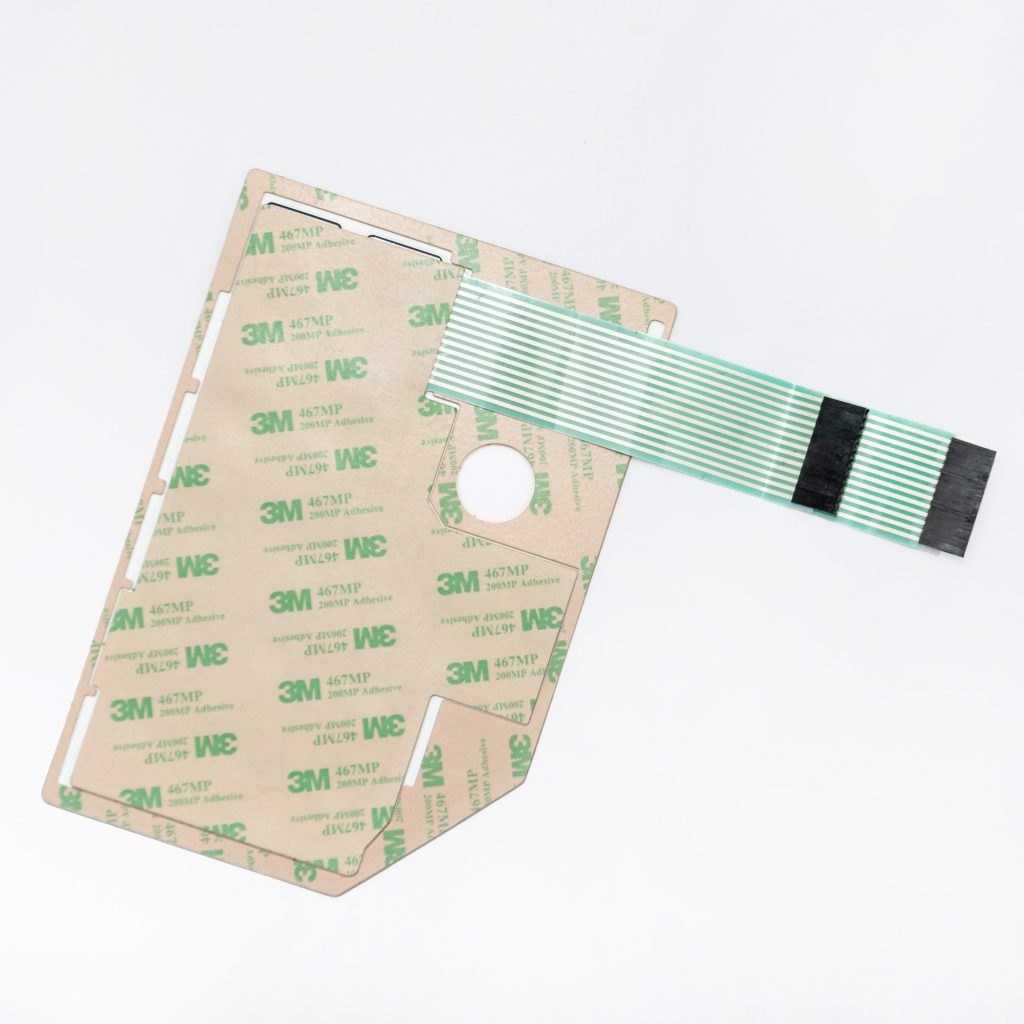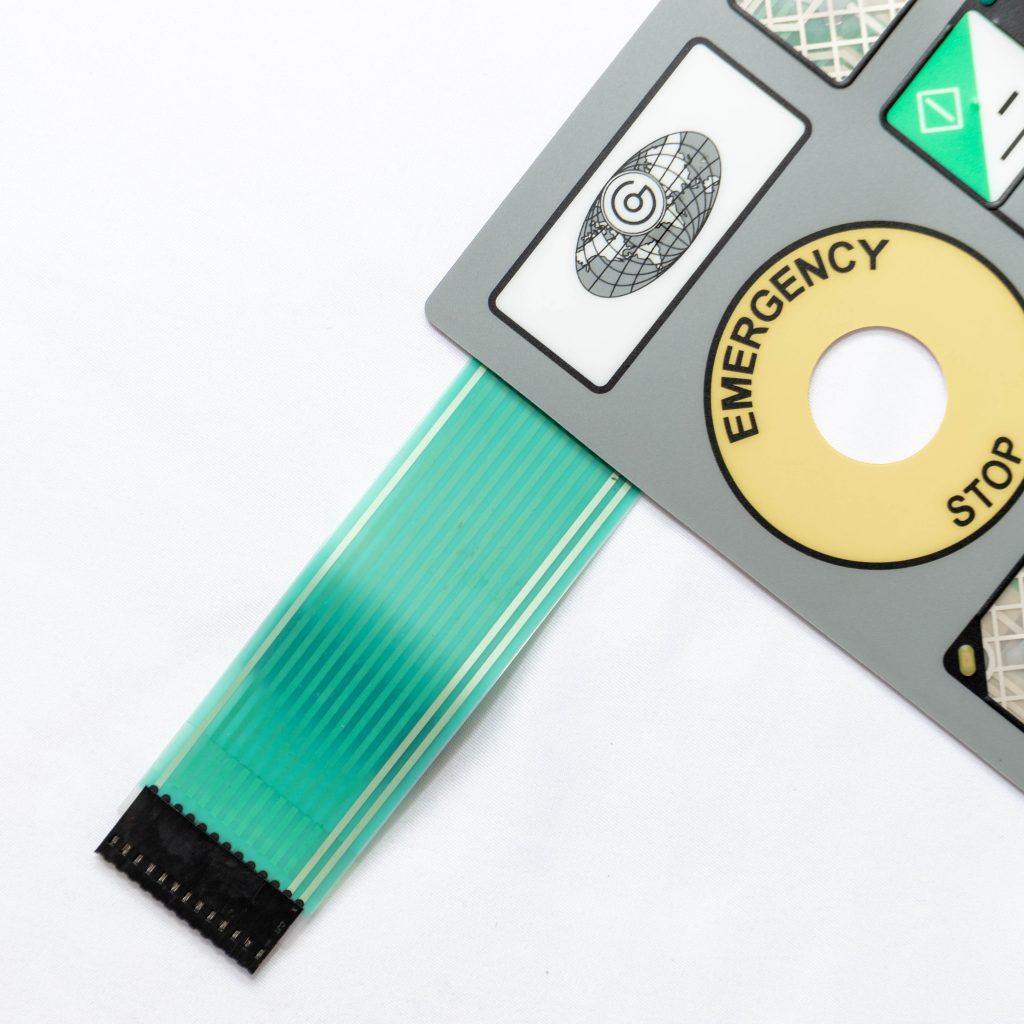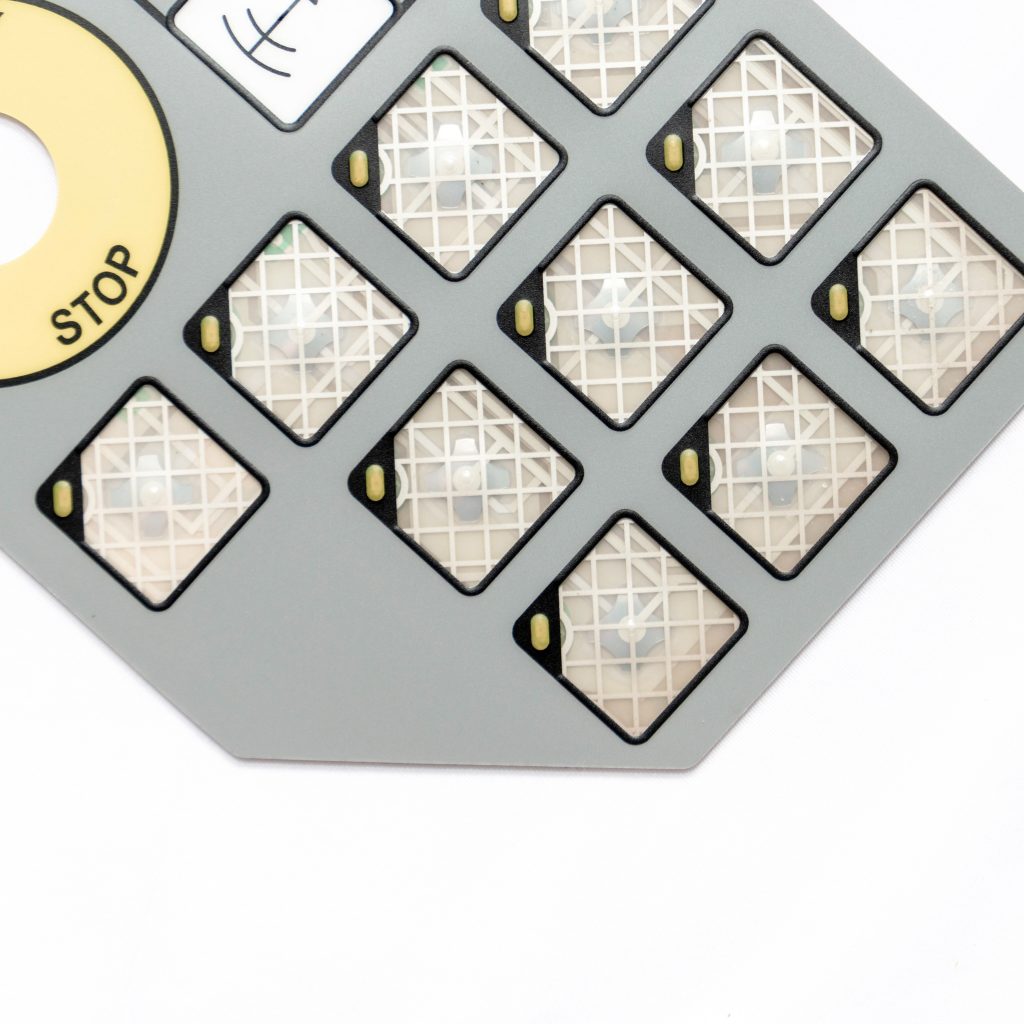Contact
Write to Us And We Would Be Happy to Advise You.
Do you have any questions, or would you like to speak directly with a representative?
By hqt
When it comes to membrane switches, one of the key considerations is how they feel to the user. The tactile feedback and overall user experience are crucial factors in determining the success of a membrane switch. In this article, we will explore the various aspects of membrane switch design that contribute to its feel and discuss the different options available to meet specific user preferences.



Before delving into the feel of a membrane switch, let’s briefly understand what it is. A membrane switch is a thin, flexible electronic component that serves as an interface between a user and a device. It consists of multiple layers, including a graphic overlay, spacer, and circuitry. When a user applies pressure to the graphic overlay, it activates the underlying circuitry, enabling the device to perform specific functions.
The feel of a membrane switch refers to the tactile feedback and response that the user experiences when interacting with the switch. It plays a vital role in user satisfaction and overall usability. Different individuals may have varying preferences when it comes to the feel of a membrane switch. Let’s explore some key factors to consider:
1. Tactile Feedback
Tactile feedback refers to the physical sensation or “click” felt when a switch is pressed. Some users prefer a pronounced tactile response, while others prefer a softer and more subtle feedback. Manufacturers can achieve different levels of tactile feedback by incorporating various design elements into the membrane switch, such as domes, metal snap domes, or non-tactile switches.
2. Actuation Force
The actuation force is the amount of pressure required to activate the switch. It can range from light to heavy, depending on the application and user preference. A lighter actuation force provides a more effortless and responsive feel, while a heavier force can convey a sense of durability and robustness.
3. Travel Distance
The travel distance refers to the distance the switch moves when pressed. Some users prefer a short travel distance for quick and efficient operation, while others may prefer a longer travel distance for enhanced feedback. Manufacturers can customize the travel distance based on specific requirements.
4. Key Shape and Size
The shape and size of the keys on a membrane switch also contribute to the overall feel. Key shape can range from domed to flat, and size can vary depending on the application. Ergonomics play a significant role in ensuring user comfort and ease of use.
5. Material and Surface Finish
The material and surface finish of the graphic overlay impact the tactile sensation. Different materials, such as polyester or polycarbonate, can provide varying levels of smoothness or texture. Surface finishes like matte, glossy, or textured can influence the perceived feel of the switch.
Q: How durable are membrane switches? A: Membrane switches are designed to be highly durable, withstanding millions of actuations without failure. The materials used in their construction, such as polyester or polycarbonate, offer excellent resistance to wear and tear.
Q: Can the feel of a membrane switch be customized? A: Yes, the feel of a membrane switch can be customized to meet specific user preferences. Manufacturers can adjust factors like tactile feedback, actuation force, travel distance, and key shape to create a tailored experience.
Q: Are membrane switches suitable for harsh environments? A: Yes, membrane switches can be designed to withstand harsh environments. By incorporating features like sealed overlays and rugged materials, they can resist moisture, dust, chemicals, and extreme temperatures.
Q: Can membrane switches be backlit? A: Absolutely! Membrane switches can incorporate backlighting options to enhance visibility in low-light conditions. LED backlighting is a popular choice, offering energy efficiency and a wide range of color options.
Q: Are membrane switches cost-effective? A: Yes, membrane switches are generally cost-effective compared to other switch technologies. Their simplified construction, ease of assembly, and long lifespan contribute to their affordability.
Q: Can membrane switches be used in medical devices? A: Yes, membrane switches are widely used in medical devices. They offer advantages such as easy cleaning, resistance to fluids, and customizable designs that meet stringent regulatory requirements.
The feel of a membrane switch is a critical aspect of its design and user experience. By considering factors such as tactile feedback, actuation force, travel distance, key shape, and material, manufacturers can create membrane switches that meet diverse user preferences. Whether you prioritize a soft and subtle feel or a pronounced tactile response, a well-designed membrane switch can enhance the usability and satisfaction of your device.
Remember, when choosing a membrane switch, always consider the specific needs of your application and target user. By partnering with a reputable manufacturer, you can ensure that your membrane switch provides the desired feel and meets the highest quality standards.
Do you have any questions, or would you like to speak directly with a representative?